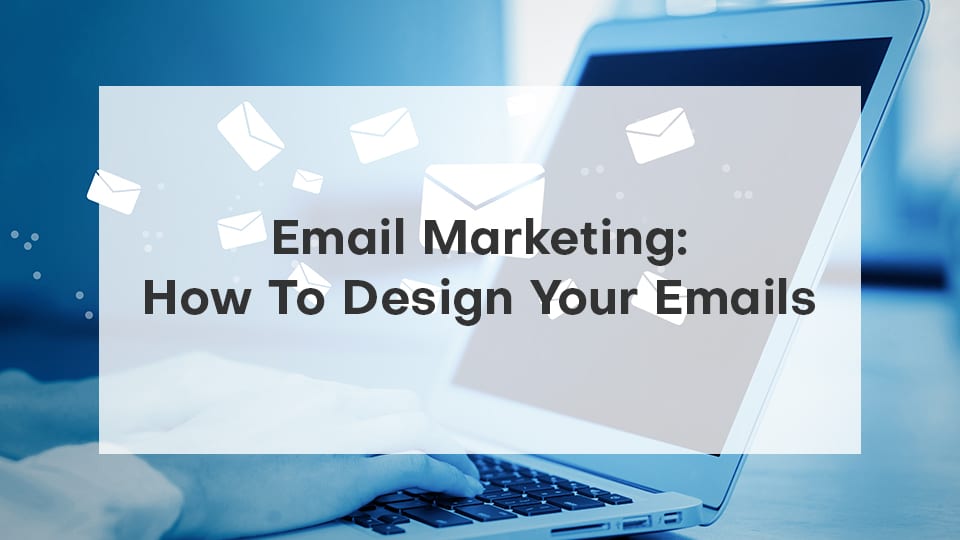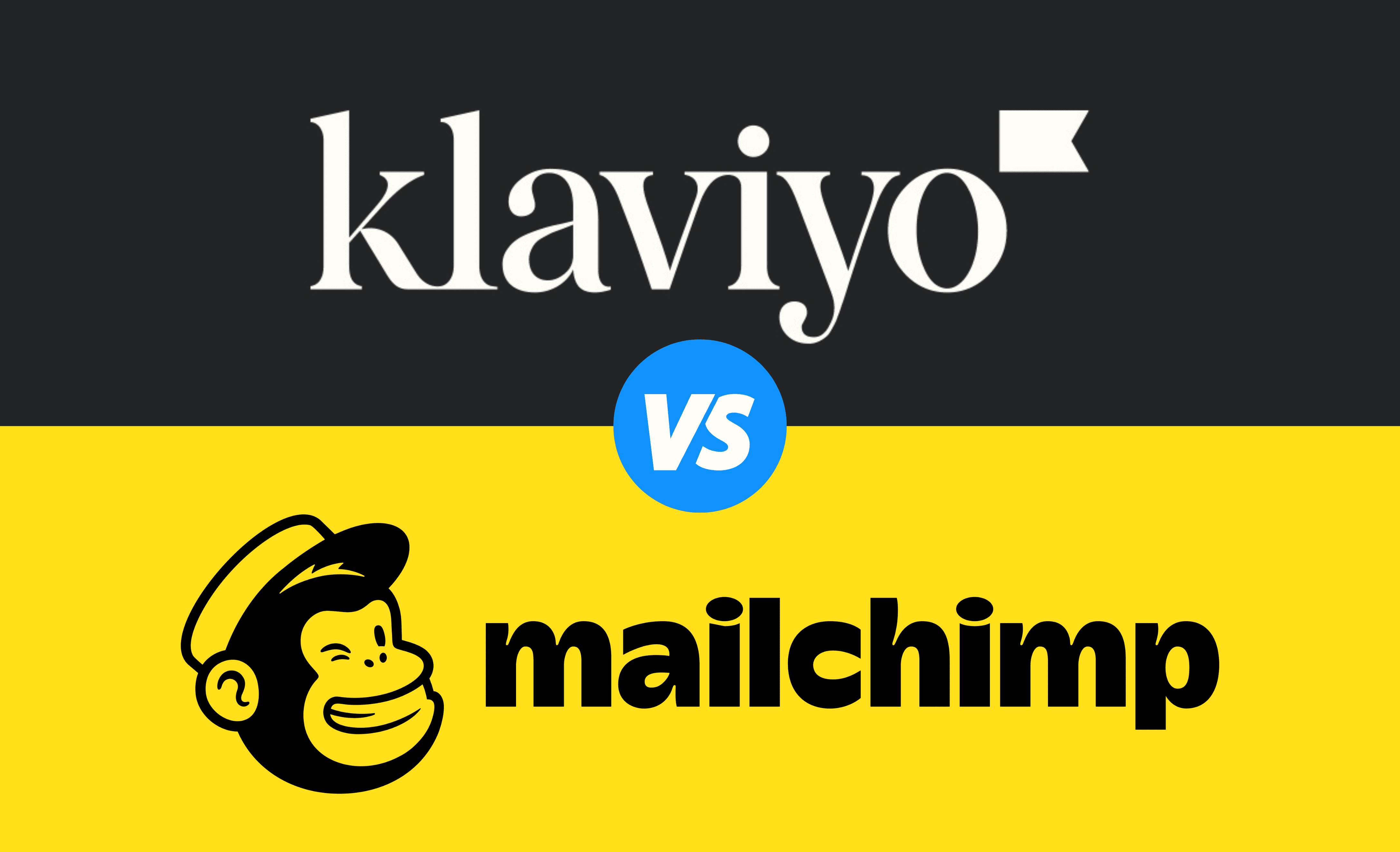Email marketing remains an influential tool businesses can use to engage their audience, boost sales, and foster customer loyalty. However, comprehending the costs associated with email marketing is crucial for effective business communication. But how much does email marketing cost in 2024?
In this article, we delve deep into the various factors that influence the cost of email marketing, including the size of your mailing lists, email volume, frequency, and the pricing models of Email Service Providers (ESPs). We will also provide insights into calculating a target budget range, a breakdown of average expenses, and potential variable costs.
Ultimately, we will discuss the trends and predictions of these costs and how to optimize them, finally wrapping up with a comprehensive approach to measure your email marketing ROI. Join us on this enlightening journey into the world of email marketing!

Factors Influencing Email Marketing Costs
Number and Size of Mailing Lists
The size of your mailing list plays a crucial role in determining the cost of your email marketing efforts. Most email marketing platforms charge based on the number of subscribers or emails sent. Thus, the larger your mailing list, the higher your email marketing costs will be.
Email Volume and Frequency
How often you send emails and the volume of those emails significantly impact the cost. High-volume email campaigns demand robust email marketing software and may incur additional charges for delivery, especially if you’re sending thousands of emails daily.
Email Marketing Pricing Models
Email service providers offer various pricing models, such as pay-as-you-go, monthly subscriptions, or annual contracts. Some even provide free plans but with limited features and capabilities. Your choice of platform and pricing model can significantly influence your email marketing budget.

Calculating a Target Budget Range
Calculating a target budget range for email marketing is not a one-size-fits-all process. It depends largely on your business size, industry, and marketing goals. Here are some factors to consider:
- Percentage of Revenue or Customer Lifetime Value (LTV): One common approach is allocating a percentage of your revenue or customer LTV to email marketing. This ensures your budget aligns with your business growth and profitability.
- Historical Cost Data: Reviewing your past email marketing costs can provide valuable insights into how much you might expect to spend in the future. This historical data can help you forecast your budget more accurately.
- Benchmarks for Industry and Business Size: Comparing your email marketing costs with industry benchmarks can give you a sense of whether you’re overspending or underspending. Remember that these guidelines may not perfectly apply to your unique situation.
- Email Marketing Goals and Strategies: Your email marketing goals and strategies also significantly determine your budget. For example, if you plan to invest in advanced automation and personalization tools, be prepared for higher costs.
Pricing Models of Email Service Providers (ESPs)
Free, Monthly Fee, Pay-as-You-Go
When considering the cost of email marketing, understanding the pricing models email service providers offer is crucial. Many ESPs offer a free plan, allowing small businesses or startups to begin email marketing efforts with minimal financial investment. However, these plans often have limitations, such as a capped number of monthly emails or limited features.
Monthly subscription models are common among ESPs, where you pay a set fee every month. The cost for these services varies depending on the number of subscribers and the range of features you need.
Some ESPs also offer a pay-as-you-go option. This model is ideal for businesses with fluctuating email volumes, as you only pay for the number of emails you send.
Cost Per Subscriber
Another common pricing model is the cost per subscriber. In this model, your email marketing cost is directly tied to the size of your mailing list. The more subscribers you have, the higher your cost. However, this model can be challenging to predict if your subscriber count continuously fluctuates.
Feature Limitations by Tier
Most ESPs structure their pricing tiers based on the features they offer. Lower-cost tiers typically include basic email marketing tools such as email templates and analytics. More advanced features like A/B testing, landing pages, and marketing automation are usually available at higher pricing tiers. Consider your business needs and growth goals when choosing a pricing tier.
Cost Breakdown: Average Expenses
Software/Tools Fees
Software and tools are one of the significant expenses in an email marketing budget. This includes the cost of the email marketing platform itself and additional tools for email verification, list cleaning services, and analytics.
Design, Writing, and Admin Time
The time spent on design, copywriting, and administration is another substantial cost. Whether you’re employing in-house talent or outsourcing to an email marketing agency, the hours spent crafting compelling email campaigns need to be accounted for.
Additional Services Like Analytics
Additional services can add to your email marketing costs. For example, using analytics tools to track click-through rates and other metrics can provide valuable insights but comes at a price. Other services like SMS marketing or social media marketing integration might also be part of your overall digital marketing strategy and should be included in your budget.
Variable Costs and Additional Expenses
Per Send Charges with Volume Spikes
One of the variable costs in email marketing is the per-send charges that come with volume spikes. The cost of email marketing can increase substantially if your email campaigns experience sudden volume spikes.
This is because most email marketing service providers use a pricing model that charges based on the number of emails sent. Therefore, if you’re running a large email marketing campaign or seasonal sale, expect to pay more for your email marketing efforts.
Integrations, Add-ons, and Extras
Integrating your email marketing platform with other digital marketing tools can add to your email marketing costs. For instance, syncing your email service provider with Google Analytics can provide valuable insights into your email campaigns’ performance but may incur additional fees.
Similarly, add-ons like SMS marketing integration, landing pages, or advanced features like A/B testing and marketing automation can increase your email marketing budget.
Moreover, using an email verification service to clean your subscriber list from faulty email addresses is an extra cost, but it’s crucial to maintain your email deliverability rates and overall email marketing ROI.
Case Studies and Real-Life Examples
Hospitality Industry
Email marketing is a crucial tool for maintaining customer relationships and promoting bookings in the hospitality sector. The cost of email marketing in this industry can vary based on factors like the size of the email list and the frequency of email campaigns.
For instance, a small hotel might spend less on its email marketing efforts than a large hotel chain due to the scale of its operations.
Moreover, hospitality businesses often need to integrate their email marketing platform with other systems like booking engines and customer relationship management (CRM) tools, which can add to the overall cost.
Retail Industry
For retailers, email marketing is crucial for customer acquisition and retention. The cost of email marketing in the retail industry can vary based on factors like the size of the business and the complexity of their email campaigns. For instance, a small retailer might spend less on email marketing than a large department store with multiple locations and product lines.
Manufacturing Industry
Email marketing is often used for B2B communication, product updates, and lead generation for manufacturing businesses.
The cost of email marketing in this sector can be higher due to the need for more sophisticated email marketing tools and platforms that allow for detailed segmentation and personalization. Additionally, manufacturing businesses often have longer sales cycles, so they might need to invest more in nurturing leads through email marketing campaigns.
Technology Industry
Email marketing is used for various purposes in the technology sector, including product announcements, software updates, and customer engagement. Tech companies often have larger budgets for their marketing efforts, including email marketing.
They may also require more advanced features from their email marketing platform, such as integration with other marketing channels, advanced analytics, and automation. This can lead to higher costs compared to other industries.
Real-life Case Study on Email Costs and ROI
In a detailed case presented by Hubspot, they examined the efficacy of different marketing approaches. They compared the return on investment (ROI) of a direct mail campaign, a combined direct mail and email campaign, and an email-only campaign. The figures obtained highlight the significant cost-effectiveness of email marketing as a standalone strategy.
- For the direct mail campaign alone, Hubspot invested $21,000, yielding a revenue of $576,408. This resulted in an ROI of 27%.
- When they combined direct mail with email, spending $21,210, they saw a slight improvement in ROI to 30%, generating a revenue of $627,463.
- However, the standout statistics came from the email-only campaign. With a minor investment of $210, they generated nearly the same amount of revenue as the direct mail campaign, totaling $545,951. This resulted in an astounding 2600% ROI, substantially higher than the other two methods.
This case study underscores the powerful impact of email marketing. Despite a significantly lower investment, the email-only campaign produced comparable revenues to the far costlier direct mail strategies. This illustrates that an effective email marketing strategy can offer an exceptional ROI, making it a vital component in the marketing toolkit for businesses of all sizes.

Trends and Predictions
The email marketing landscape is constantly evolving, and understanding these trends can help you better anticipate your email marketing costs. One significant trend is the rising rates due to increased competition and advanced features offered by ESPs.
According to Statista, global email users are set to grow to 4.6 billion users in 2025. This growth means more businesses vying for attention in consumers’ inboxes, leading to higher competition and increased email marketing costs.
Rising Rates with More Competition and Features
As ESPs continue to innovate, they offer more advanced features like sophisticated analytics, automation, and personalization capabilities. While these features can enhance your email marketing efforts, they also come at a higher cost. Evaluating whether these advanced features align with your email marketing strategy and offer a good return on investment is crucial.
Reliance on Email Marketing Agencies
With the growing complexity of email marketing, many companies are turning to specialized agencies for assured results. These agencies deeply understand the industry, staying up-to-date with evolving trends and leveraging their expertise to create strategic and effective email campaigns.
Furthermore, they offer comprehensive email marketing services spanning crafting compelling copy and meticulously analyzing campaign performance, freeing valuable business time.
By entrusting their email marketing to agencies, companies can ensure a high-quality, professional approach that will likely yield a more significant return on investment. Going forward, we can expect a continued reliance on email marketing agencies as businesses look for effective and cost-efficient solutions to their email marketing needs.
Cost Optimization Strategies
A smart approach to managing email marketing costs involves implementing cost optimization strategies. These strategies not only help control your expenses but can also improve the effectiveness of your email campaigns.
Cleaning Lists for Better Deliverability
Cleaning your email lists regularly can significantly improve your deliverability rates. This process involves removing faulty email addresses and inactive subscribers from your list, ensuring your emails reach your target audience more effectively. Email verification tools can assist in enhancing your email marketing ROI.
Evaluating Engagement to Prune Inactive Users
Monitoring subscriber engagement is another effective cost-optimization strategy. You can prune inactive users from your list by evaluating which users are actively engaging with your emails. This not only reduces costs but also improves your campaign’s performance metrics.
Trying Alternate ESPs or Negotiated Custom Plans
Finally, don’t hesitate to explore alternate ESPs or negotiate custom plans with your current provider. Many providers offer competitive pricing models and may be willing to customize a plan that fits your specific needs and budget. Remember, maximizing the value you get from your email marketing spend is the goal.

Measuring Email Marketing ROI
Understanding the cost of email marketing is only half the equation. The real value lies in measuring your return on investment (ROI). This involves analyzing revenue metrics, comparing spend to customer value, and identifying your most profitable segments.
Revenue Metrics Like Sales, Conversions
The first step in measuring your email marketing ROI is to track revenue metrics such as sales and conversions. These figures give you a clear picture of how your email campaigns directly influence your bottom line. Using tools like Google Analytics can help you get accurate data on these metrics.
Compare Spend to Customer Value
Next, compare your email marketing spend to the value of each customer. This helps you understand whether your email marketing efforts are profitable. If the cost per acquisition (CPA) through your email marketing campaigns is lower than a customer’s lifetime value (LTV), your marketing strategy is likely effective.
Identify the Most Profitable Segments
Lastly, identify your most profitable segments. Not all subscribers are equally engaged or lucrative. You can optimize your email marketing strategy and maximize your ROI by identifying and focusing on your most profitable segments.
Conclusion
As we look ahead to 2024, understanding “how much does email marketing cost” will be vital for businesses planning their digital marketing budgets. Prices are expected to rise due to increased competition and the introduction of more advanced features by email service providers.
However, email marketing remains a highly effective marketing channel. With careful budgeting that accounts for all cost factors, businesses can ensure they’re getting the most from their email marketing efforts. Whether you’re a small business just dipping your toes into email marketing or a larger company with a significant subscriber base, there’s an email marketing solution to fit your budget and meet your marketing goals.
The ultimate goal is to minimize costs and maximize your ROI. By continually evaluating your email marketing strategy, optimizing your email lists, and focusing on your most profitable segments, you can ensure your email marketing efforts drive significant value for your business.







